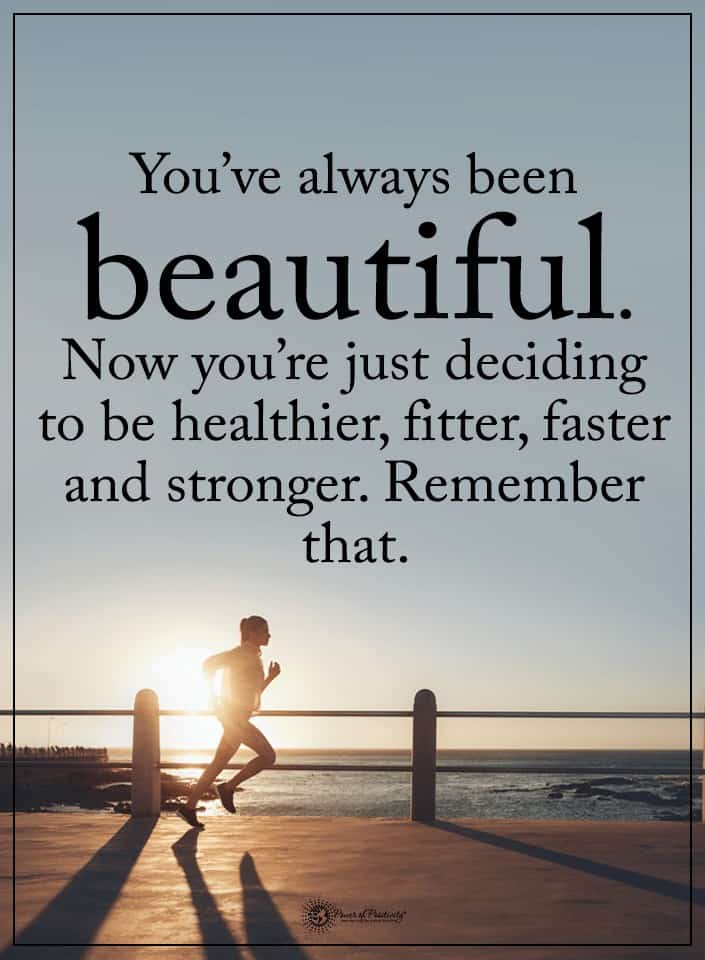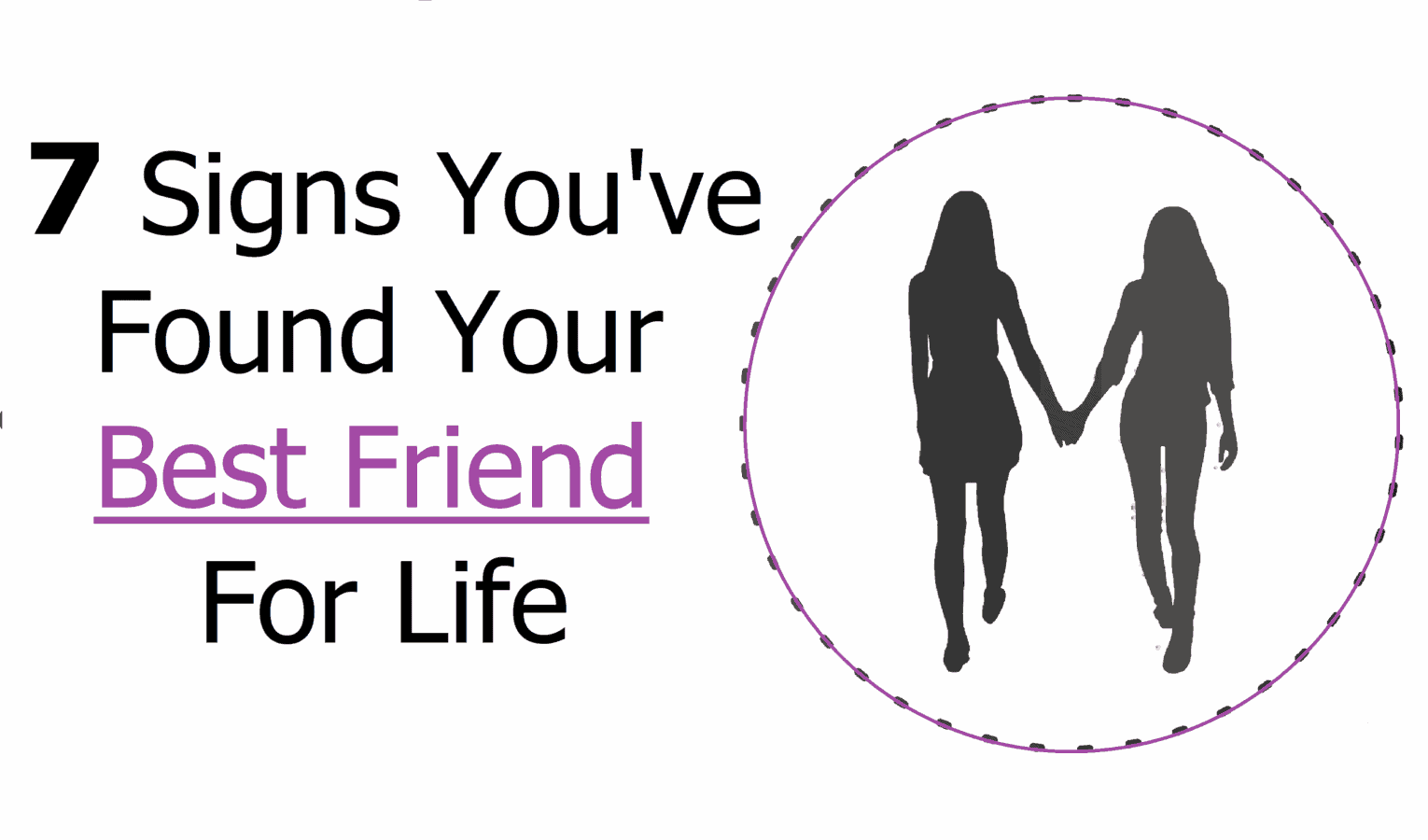Protein is known to be a weight loss catalyst, but do you think you’re eating enough to enjoy this benefit?
In a 1,824-person study published in the Journal of Nutrition Education and Behavior, women who reported “eating more protein” to prevent weight gain lost more weight than women who did not.
The above study is hardly surprising, as protein brings many health benefits. A building block of muscles, protein is shown to both reduce hunger and boost metabolism. Combined with a practical and consistent workout plan, protein can most certainly help with even the most demanding weight loss goals.
Which brings us to the topic of today: 25 high-protein foods that can accelerate a program to improve your chances to lose weight. Here they are!
25 Foods that Help You Lose Weight

Avocados
Delicious avocados are a legit superfood. An anomaly among fruits, avocados are packed with healthy fats and protein and low in sugars. Add some sliced avocado to a salad for a real weight loss boon.
Apricots
Dried apricots contain the highest amount of protein of any fruit with 3.5 grams per serving. Excellent sources of fiber as well, apricots must be dried to reap weight loss benefits.
Beans and Legumes
Certain beans and legumes – including black beans, kidney beans, and lentils – are high in both fiber and protein. Foods dense in both nutrients are known to increase satiety, or feelings of fullness.
Boiled Potatoes
Despite getting a bad rap for their high carbohydrate content, boiled ‘taters are a very nutrient-rich food. A small potato is good for enabling you to lose weight over the long term due to its satiety properties. Add a respectable two grams of protein, and you’ve got a good weight loss food.
Broccoli
Broccoli is nutrient-dense and very low in calories. Just one stalk of broccoli contains over four grams of protein. Its high reserves of healthy fiber will fill you up, too.
Cruciferous Vegetables
Veggies like broccoli, Brussels sprouts, cabbage, and cauliflower have a unique combination of low energy density, high fiber, and decent protein.
Chili Pepper
While containing just one gram of protein per, chili peppers are excellent compliments to a protein-heavy meal. Per a study published in the journal Physiology Behavior, researchers found that consuming capsaicin, the active ingredient in chili peppers leads to “…decreased body weight, total body fat percentage, and abdominal fat (loss).”
Chia Seeds
Chia seeds are another powerful superfood. They register nearly 16.5 grams of protein per 100 grams. Containing high amounts of omega-3 and omega-6 fatty acids and fiber as well, chia seeds effectively stimulate fat burning and stave off hunger!
Coconut
Besides containing a decent amount of protein, one medium-sized coconut includes a whopping 36 grams of dietary fiber!
Cranberries
Cranberries contain a substance called ursolic acid. In a 2012 study published in the journal PLoS One, researchers report that ursolic acid “decreases diet-induced obesity, glucose intolerance, and fatty liver disease.”
Cottage Cheese
While more research is needed, preliminary evidence suggests that foods that are high in calcium may help to burn fat. Low-fat cottage cheese contains relatively modest calories and around 25 grams of protein in only one cup.
Cucumber
While we don’t mention water here, proper hydration is absolutely critical to a healthy weight. Cucumbers are flush with H2O, low in calories, good fiber, and a bit of protein.
Eggs
The “incredible, edible” egg is finally beginning to dissipate the once-widespread misinformation of being unhealthy. Multiple studies show that eggs are nutritious, promote satiety, and may help with weight loss. Of course, they are rich in protein at about six grams per large egg.
Fatty Fish
Fatty fish (e.g., salmon, mackerel) are excellent for enabling you to lose weight. They are rich in omega-3s and jam-packed with quality protein. What you get is a muscle-building powerhouse that also keeps you full.
Fruit
Really, any fruit will aid your weight loss efforts. Getting into the habit of eating fruit is a smart move; because, eventually, you will begin reaching for the natural sugars found in fruit instead of some manufactured garbage. Raisins, guava, dates, and prunes all contain two-three grams of protein per serving.
Grapefruit
In a landmark 2004 study published by the Scripps Clinic in San Diego, California, consuming grapefruit was found to help an individual lose weight without significant changes to diet and exercise. One cup of grapefruit also includes around three grams of protein.
Grape nuts
Grape nuts are a very healthy cereal option. They are loaded with fiber, whole grains, minerals, and a decent amount of protein at over 3.5 grams per cup.
Leafy Green Veggies
Leafy greens like collards, kale, and spinach are loaded with fiber and protein, which will help keep you full for a long time. Very low in calories, dark green veggies are also packed with antioxidants, minerals, and vitamins.
Lean Beef
While some may not appreciate the inclusion of lean beef on this list, it is nonetheless merited. Lean (non-processed) red meat is an excellent source of protein and nutrients. There is no link between non-processed red meat and an increased risk of disease and death, according to a 20-study meta-analysis.
Mushrooms
A surprising addition to this list, mushrooms may assist in helping you lose weight by balancing hormones while regulating blood sugar levels. While not “loaded” with protein, one cup of whole mushrooms registers a respectable three grams.
Nuts
When eaten in moderation, nuts can be an excellent addition to any weight-loss program. Not only do nuts contain a good dose of fiber, protein, and healthy fats, they also promote metabolic health.
Oatmeal
Similar to lentils, oatmeal also takes a while to digest while helping to stabilize blood sugar levels. One cup of cooked oatmeal contains around six grams of protein. Oats also contain a viscous gel that is formed by the submersion of soluble fibers, which helps promote digestion, increase satiety, and lower cholesterol.
Quinoa
Quinoa is truly a unique whole grain. Whereas most plant foods are not considered “complete proteins,” quinoa not only contains a whopping 14 grams per serving but it also provides all the essential amino acids for added weight loss benefits. It is a must for a vegan or vegetarian who aims to lose weight.
Seaweed
It does no good to load up on protein if your metabolism is out of whack. Iodine deficiency, which affects nearly two billion people worldwide, is the leading cause of thyroid disorders. While most cases are found in developing countries, the U.S. is seeing an increasing trend. Thyroid disorders can cause weight gain, and seaweed is perhaps the best dietary means of prevention.
Yogurt
While all yogurt is a pretty good source of protein (around three to four grams per cup), Greek yogurt takes the crown at a whopping 17 grams per cup! Yogurt also contains probiotics, which help promote healthy digestion and gut health!











